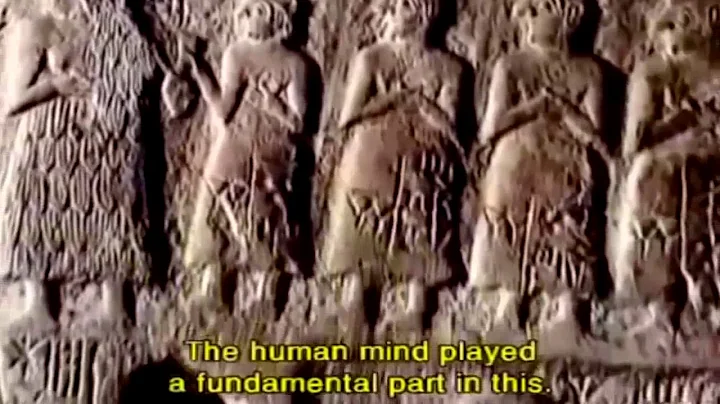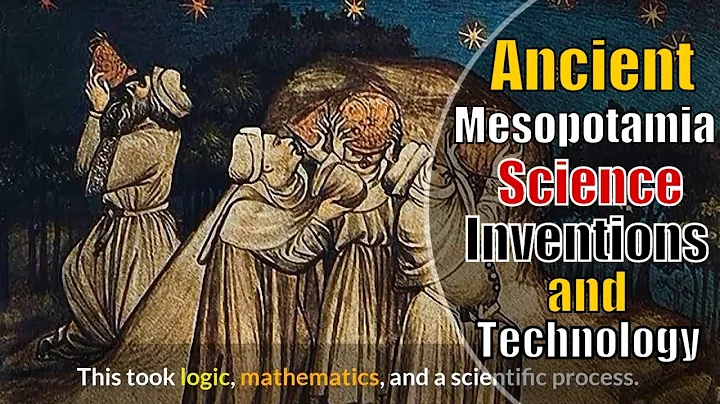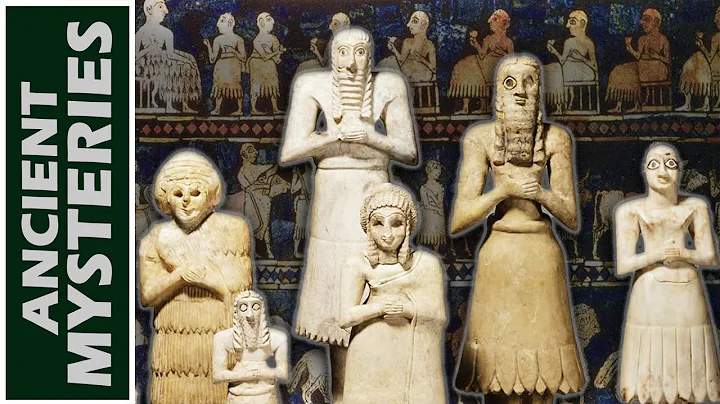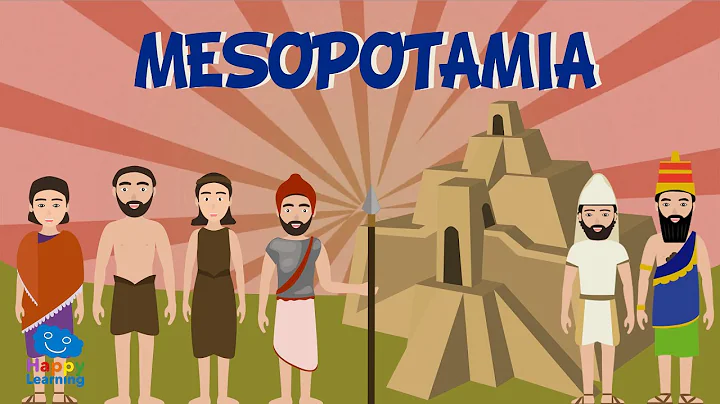of Mesopotamia The Sumerians had a gift for innovation. This is how they leave their mark.
Thousands of years ago, between the Tigris and Euphrates , in the south of today's Iraq , the ancient Sumerians prospered, and they established a civilization that was somewhat equivalent to the ancient Silicon Valley. The Sumerians had an unusual talent for technological invention.
In what the Greeks later called Mesopotamia, the Sumerians invented new technologies and perfected the large-scale use of existing ones. In the process, they changed the way humans grew food, built shelter, communicated, and recorded information and time.
The creativity of the Sumerians was partly due to the lack of natural resources in their land.
There were almost no trees and almost no stone or metal. This forced them to make clever use of materials like clay—the plastic of the ancient world. They used it to make everything from bricks to pottery to writing tablets.
But the Sumerians’ real genius may have been organizational ability. They have the ability to take inventions developed elsewhere and apply them on a larger scale. In this way, they could produce goods such as textiles and pottery in large quantities and then trade them with others.
There was something about the Sumerian identity that drove them to dream big and think cleverly. Spiritually and psychologically, they place a strong emphasis on ambition and success, excellence and prestige, honor and recognition.
Sumerian innovations gradually spread and led to the development of the modern technologically advanced world we live in today. Here are some of the areas where the Sumerians left their mark.
Mass-produced ceramic

bowls come from the ancient Mesopotamian civilization.
Other ancient humans made pottery by hand, but the Sumerians were the first to invent the wheel that allowed them to produce pottery in large quantities. This allowed them to produce large quantities of items, such as containers for worker supplies.
Writing

Early writing sample from Mesopotamia, using hieroglyphics to record food supplies.
Although it is not 100% certain, it is probably the Sumerians who first invented the writing system. Regardless, it's clear that they were communicating in writing as early as 2800 BC. But they did not set out to write great literature or record their history, but rather to record the goods they made and sold.
Their first texts were just numbers and goods, and they did this using a hieroglyphic system, which were essentially drawings of various objects. But eventually, they began to incorporate hieroglyphics to express thoughts and actions. Hieroglyphics evolved into symbols representing words and sounds.
Scribes used sharpened reeds to carve symbols into wet clay, which dried to form tablets. This writing system, known as cuneiform , was adopted by later civilizations and was used in the Middle East for 2,000 years.
Hydraulic Engineering
The Sumerians figured out how to collect and channel the overflowing waters of the Tigris and Euphrates rivers, and their rich silt, and then use them to irrigate and fertilize their farmlands. They designed intricate canal systems, building dams out of reeds, palm trunks and earth, with gates that could be opened or closed to regulate the flow of water.
Two-wheeled chariot

A scale model of a simple two-wheeled chariot invented by the Sumerians of Mesopotamia
The Sumerians did not invent wheeled transportation, but they may have invented the first two-wheeled vehicle A chariot with a driver driving a herd of animals. There is evidence that the Sumerians had such carriages for transportation as early as 3000 B.C., but they were probably used for ritual or military purposes rather than as a means of traveling through the countryside, where the rugged terrain would Wheeled travel becomes difficult.
Plow

The Sumerians invented the plow, which was an important agricultural technology. They even produced a manual with detailed instructions for farmers on how to use various types of plows. They designated prayers to honor Ningilium, the field mouse god, to protect the grain from being eaten.
Textile mill

Mesopotamian women weaving cloth.
While other cultures in the Middle East collected wool and used it to weave fabric for clothing, the Sumerians were the first to industrialize it.
The Sumerians' innovation was to turn their temples into huge factories. The Sumerians were the first people to cross blood lines and form larger textile work organizations-the precursors of modern manufacturing companies.
Mass-produced bricks

An archaeological site located in Mari, Syria, was an ancient Sumerian city on the west bank of the Euphrates River.
To make up for the shortage of stone and wood needed to build houses and temples, the Sumerians created molds for making bricks out of clay. While they were not the first to use clay as a building material, the innovation was the ability to mass-produce bricks and put them together on a large scale. Their buildings may not have been as durable as their stone counterparts, but they were able to build more and create larger cities.
Metallurgy

Gryphon made by the Sumerians of copper, gold and lapis lazuli.
According to the Copper Development Association, the Sumerians were among the first people to use copper to make useful items, including spearheads, chisels, and razors. They also used copper to create artwork, including dramatic panels depicting exotic animals, such as lion-headed eagles. Sumerian metallurgists used reed-heated furnaces and controlled the temperature with bellows that could be operated by hand or foot.
Mathematics

Cuneiform script developed by the Sumerians.
Primitive people used simple methods of counting, such as carving marks on bones, but the Sumerians developed a formal counting system in units of 60. At first, they used reeds to record units, but eventually, as cuneiform developed, they used vertical markings on clay tablets. Their system laid the foundation for mathematical calculations in later civilizations.





















